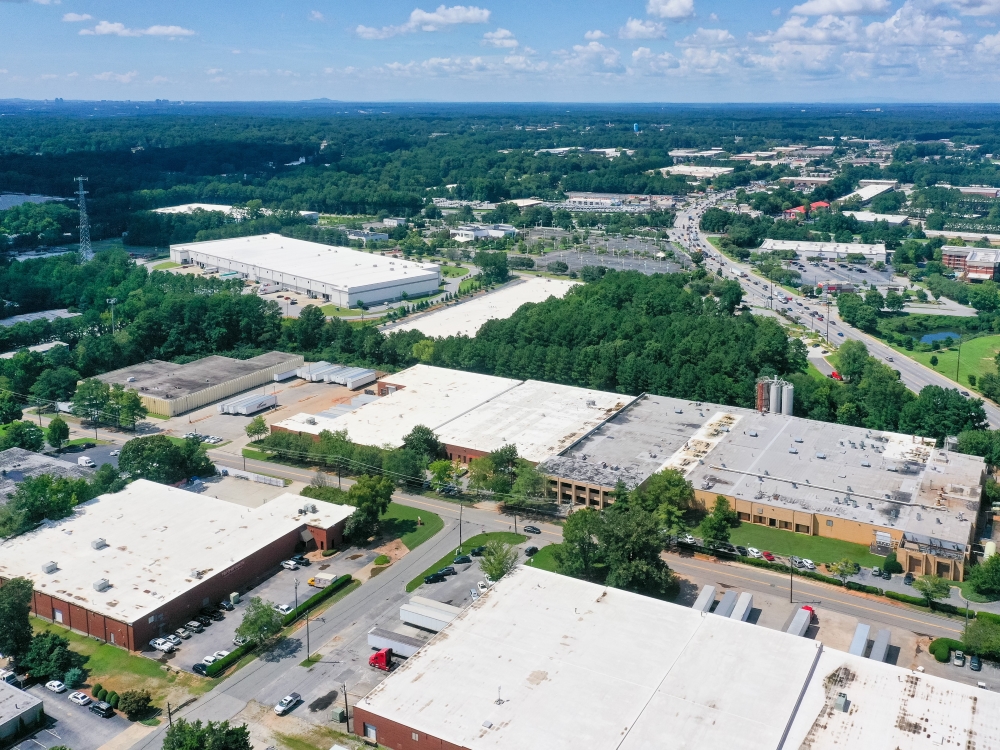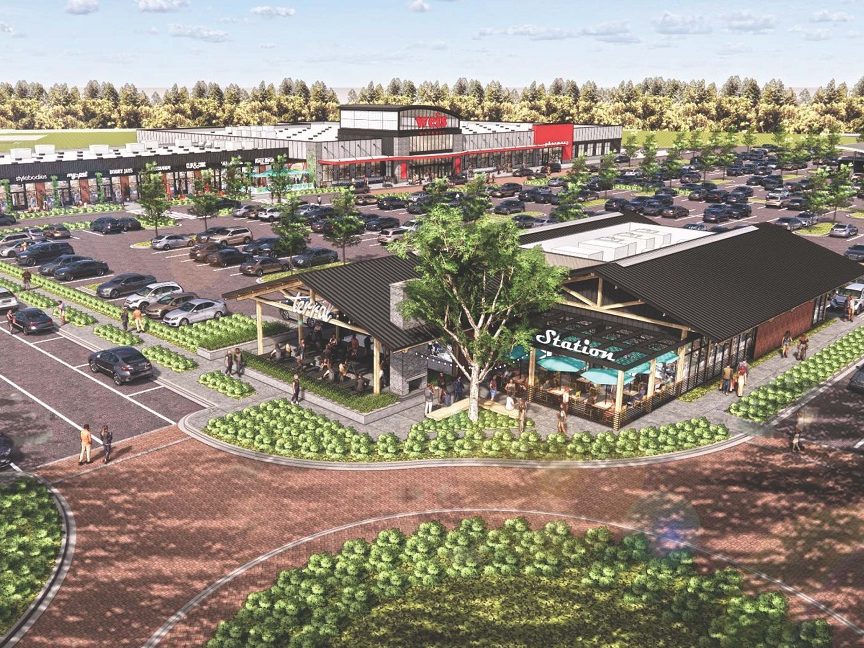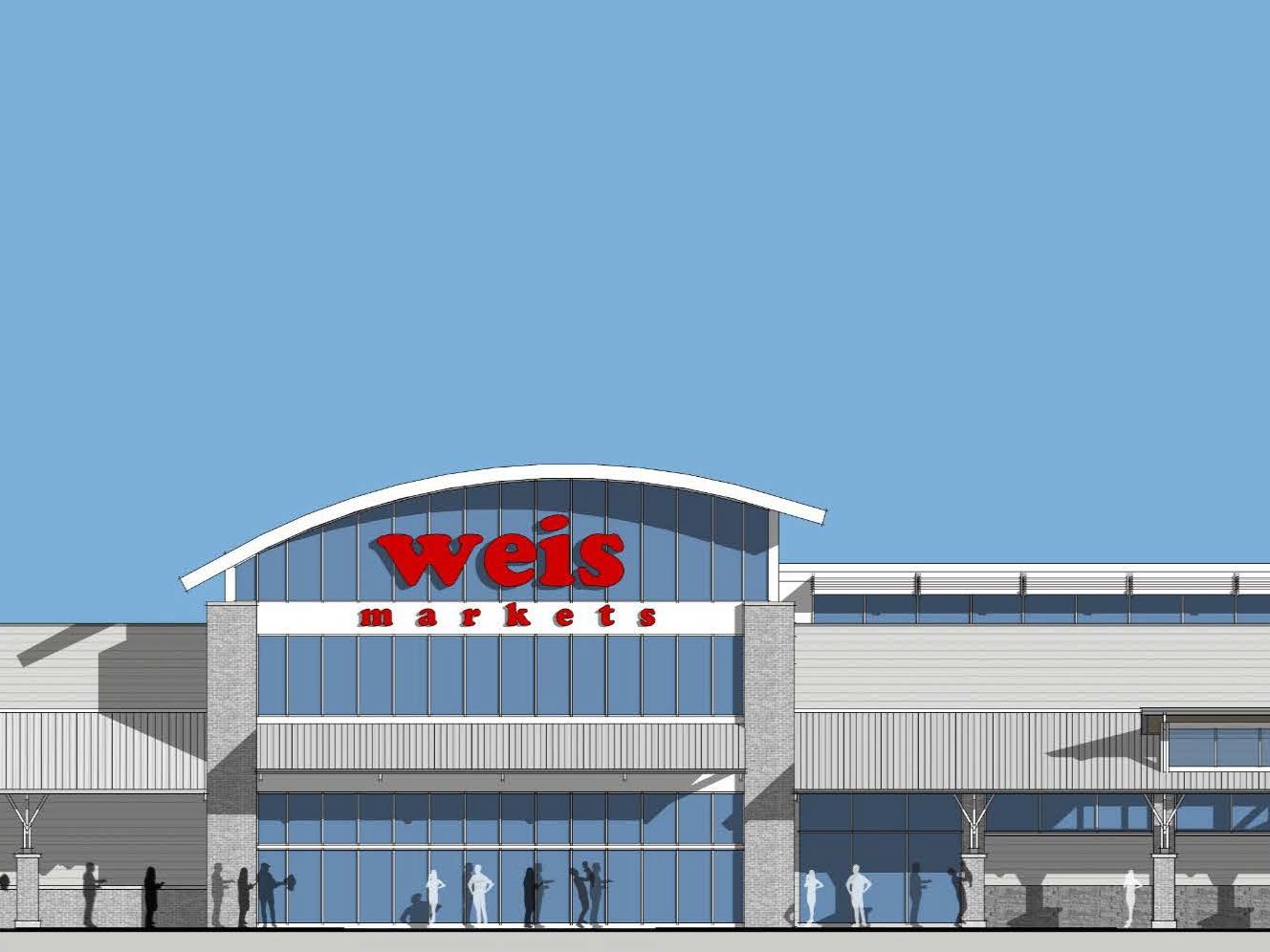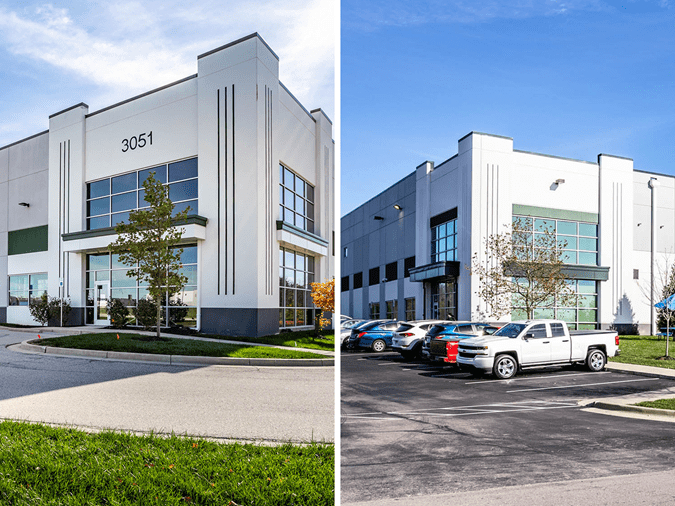Yardi Matrix: Cooling Rents, Austin’s City Limits
The metro's multifamily market continues to be a hotbed of activity, despite a growing sense of caution that rents and development are beginning to decelerate.
By Anca Gagiuc
Austin’s multifamily market continues to be a hotbed of activity, despite a growing sense of caution that rents and development are beginning to decelerate. Economic and population growth are creating strong demand for multifamily. Employment is also expanding, especially in technology; education and health care; trade, transportation and utilities; and construction. These sectors entice young professionals, many of whom are relocating. However, the market faces challenges, foremost affordability and supply growth.
Austin’s healthy economy and friendly business climate continue to attract investment and development, as a new wave of office construction is underway in the Northwest and Southwest. The Dell Medical School at the University of Texas at Austin opened last summer, contributing 350 new jobs. Additional development is underway at the university, resulting in more health-care jobs.
Although demand remains strong—population has risen 12 percent since 2011—supply is a growing concern. More than 11,000 units came online in 2016, a 5.3 percent expansion of stock, well above the 2.5 percent national average. Investors have been drawn to the locale’s growth prospects, turning Austin into a top secondary market. Given the metro’s strong fundamentals and likely advancement, we expect rents to grow 6.9 percent in 2017.
Read the full Yardi Matrix report.








You must be logged in to post a comment.